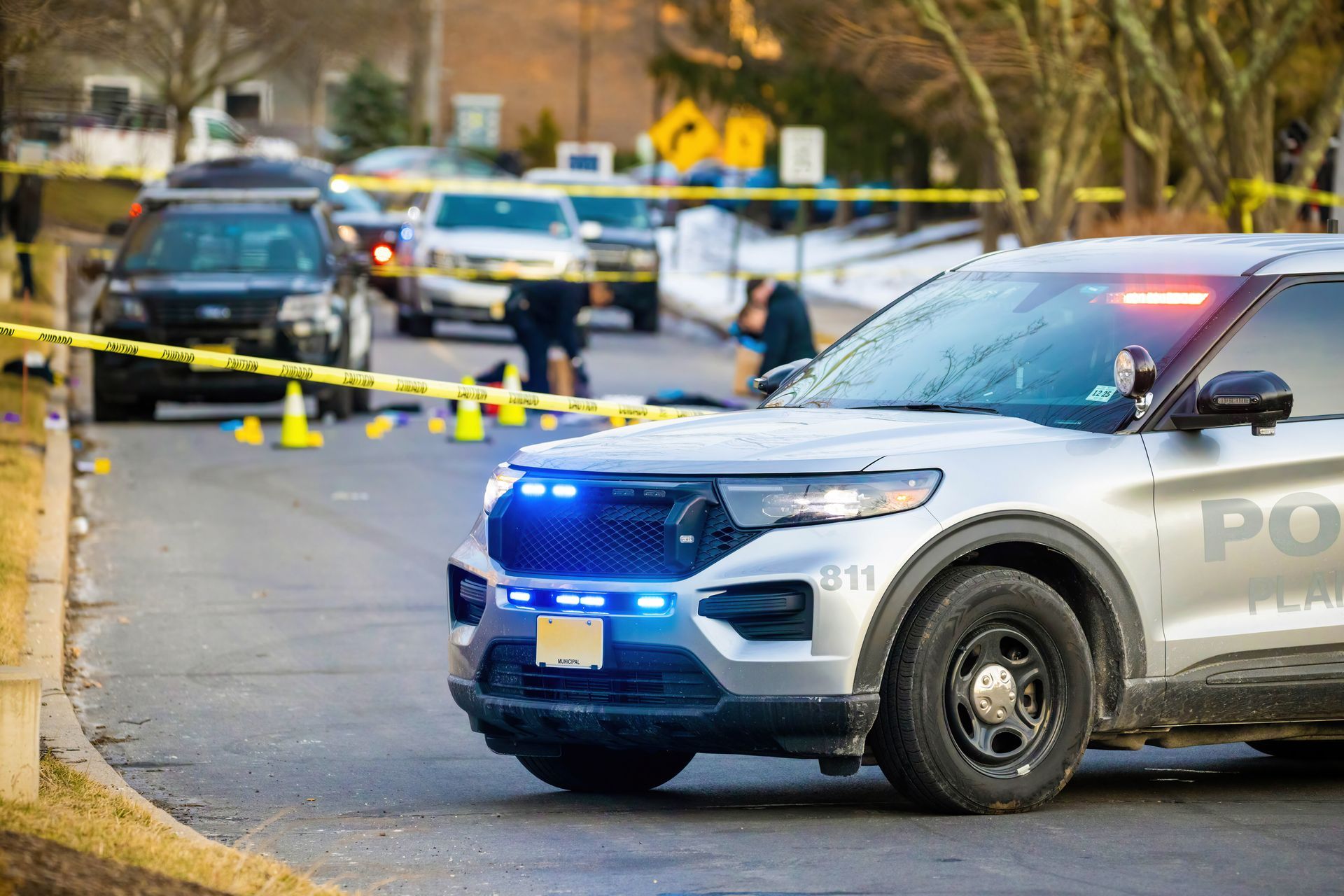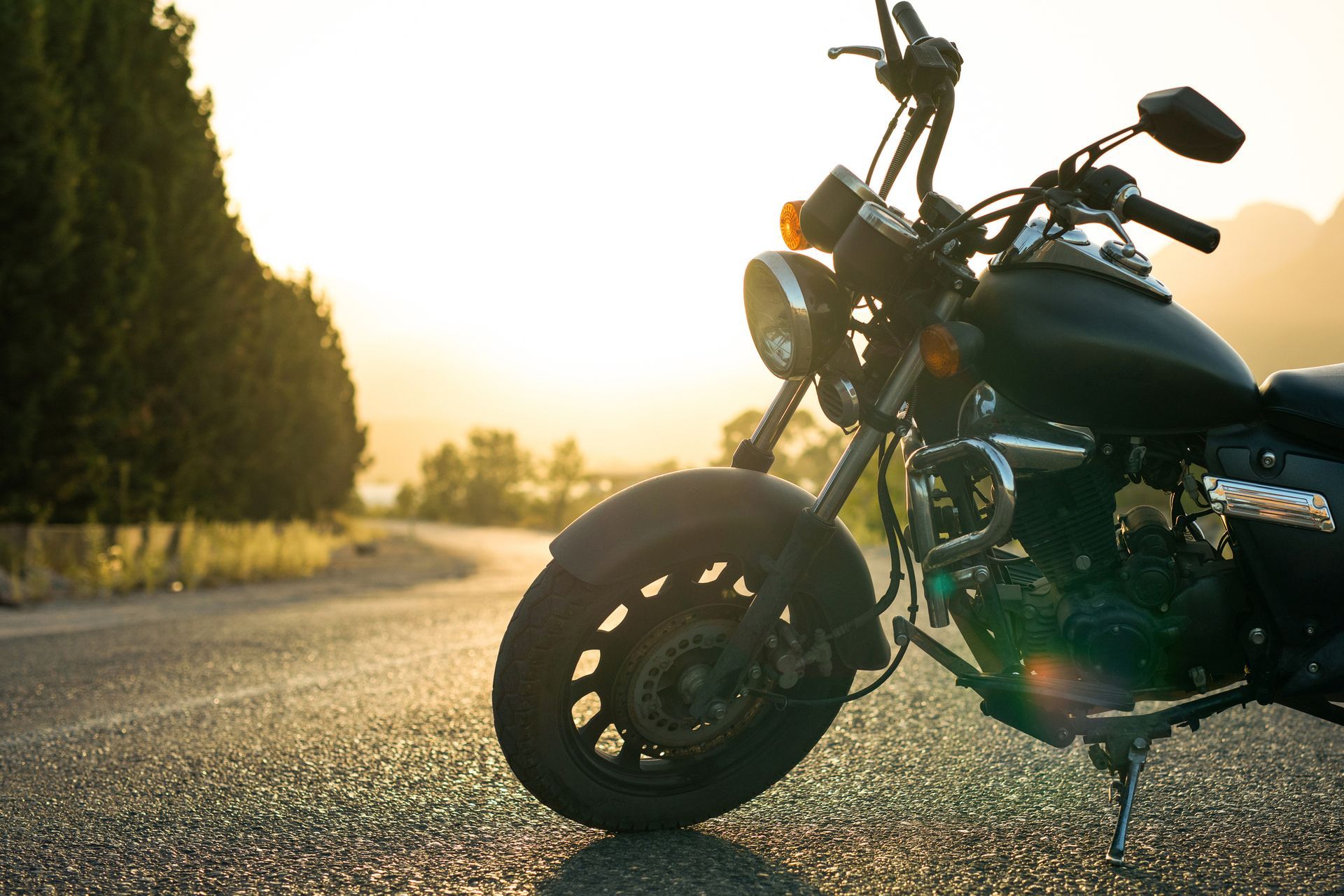CONTACT INFO
350 Motor Parkway, Ste 311
Hauppauge, NY 11788
Phone: 631-348-9500
Fax: 631-348-9511
Call for a Free Consultation (631) 348-9500 • 350 Motor Parkway Suite 311, Hauppauge, NY 11788
24 Hours / 7 Days a Week
The Story of 21st Century Street Racing on Long Island
A Brief History of Long Island’s Street Racing Scene
If you’ve lived on Long Island for any length of time, you likely know about the Island’s history of racing, and love of fast cars. In both Nassau and Suffolk, you’ll find tons of meets on any given weekend where people of all ages enjoy checking out exotic and cool cars of all shapes and sizes. But what happens at night is a completely different story.
All the way back to the mid 20th century, Long Island has been home to an underground scene of street racing that has a mixed legacy of belonging, connecting people, and creating dangerous situations that put innocent people at risk. For decades, the debate of street racing on Long Island has raged on. A part of what makes Long Island what it is, but a tradition with fatal consequences.
THE DEATH OF LONG ISLAND'S RACE TRACKS
Long Island was once home to several race tracks that provided entertainment for racing enthusiasts.
Westhampton Speedway, a 1/5-mile asphalt oval track, operated from 1965 to 1973 before shutting down due to noise complaints from nearby residents.
Bridgehampton Race Circuit, a 2.8-mile road course, hosted events from 1957 to 1977 before closing due to financial difficulties and safety concerns.
Freeport Speedway, a quarter-mile dirt track, operated from 1937 to 1983 until the land was sold for redevelopment.
Islip Speedway, a 1/5-mile asphalt oval track, operated from 1947 to 1984 before being sold for industrial development.
The closures left a void in the racing community on Long Island, as enthusiasts were left without local venues to watch or participate in races. Despite efforts from some to save these tracks, they ultimately succumbed to the pressures of development and changing community attitudes. The nostalgia of these once-thriving race tracks still lingers among those who remember the excitement and energy they brought to Long Island.
These days, the closest place to Long Island where someone can race legally is in Englishtown, NJ.
THE 2000’s
The 2000s street racing scene in Long Island was basically “The Fast and the Furious”. No doubt due to significant influence from the film itself. With its long stretches of empty highways and secluded industrial areas, Long Island provided the perfect backdrop for illegal racing activities.
Drivers would modify their cars with high-performance engines, custom body kits, and advanced suspension systems to gain a competitive edge. The influx of affordable import sport cars only made this more and more accessible to a younger audience, and tuner cars took over the streets on Long Island nights. However, the dangerous nature of the sport was evident, with numerous accidents and fatalities occurring as a result of reckless driving.
Despite the inherent danger, the street racing scene fostered a strong sense of community among participants, who bonded over their shared passion for speed and adrenaline. The rise of social media and online forums also helped to connect enthusiasts and coordinate events, further fueling the subculture's growth. However, increased police crackdowns and public outcry eventually led to a decline in the street racing scene by the end of the decade.
"PICK UP RACES"
Here in Western Suffolk County, the main meetup spot for stoplight to stoplight racing is one that many still know about to this day, and seems as if it may be making something of a comeback. That location is the final few shopping centers on Deer Park Avenue in Deer Park. From 2000 to 2010, these lots would be full of young car enthusiasts on every weekend, going out as groups to race between Deer Park and Babylon, on a dark and relatively straight stretch of Route 231 at speeds over 100 mph. Meanwhile stoplight to stoplight races were common up and down DPA all the way throughout Deer Park.
“Scouting groups” would be sent out to run the route back and forth between Deer Park and Babylon at legal speeds to ensure no police presence, before groups of 3-8 cars would race the route out and back.
DRAG RACING
If you’ve ever driven down Ocean Parkway between Robert Moses State Park and Jones Beach, you have probably noticed all of the tire marks up and down the stretch of road. And you guessed it, that’s because Ocean Parkway has been a hot spot for drag racing for decades. A lot of the split between older fans of big power American cars and younger Japanese tuner enthusiasts manifested in where they chose to race. And the fans of American car drag racing mostly spent their time running drag races on Ocean Parkway.
HIGHWAY BATTLES
For better or worse, Long Island Parkways offered (and continue to offer) an enticing ride for high speed street racing. With good open stretches in the middle of the night, and just enough corners to provide a challenge, people who wanted to race at high speeds for long stretches made the Southern State Parkway and Northern State Parkway their home.
Usually taking place well into the dead of night, groups of street racers would race for long stretches on both motorcycles, and in high powered cars. If you happened to live near either Parkway, it was a normal experience to hear these racers blasting down the highways from your bedroom during the summer.
DANGER AND ENFORCEMENT
Between 2000 and 2010, street racing on Long Island resulted in a significant number of people getting hurt in accidents. The illegal and dangerous activity led to numerous injuries and fatalities, causing concern for both law enforcement and the community.
In response to the growing issue, police made large-scale efforts to stop street racing on Long Island at the end of the 2000s. They committed substantial resources, including increased patrol presence, undercover operations, and collaborations with local and state agencies to crack down on illegal racing activities. Additionally, there were public awareness campaigns and educational initiatives aimed at discouraging participation in street racing.
These efforts proved to be effective, as the frequency of street racing incidents decreased, and the number of people getting hurt in accidents related to illegal racing significantly declined. The police's commitment to shutting down street racing on Long Island led to a safer road environment for both drivers and pedestrians.
But this doesn’t mean that street racing is ancient history in the 2020s. In fact, with the advent of social media, it seems to be making a comeback.
INJURIES FROM STREET RACING ACCIDENTS
As many safety and law enforcement agencies on Long Island would tell you, street racing is hardly a thing of the past, and people are still being injured in street racing accidents.
If you have been injured in a street racing accident on Long Island in New York, the first step is to seek medical attention immediately. Once your immediate medical needs are addressed, it is important to gather as much evidence as possible at the accident scene, including photographs, witness contact information, and any police reports.
When seeking legal advice, it is important to bring all relevant medical records, evidence related to the accident, insurance information, and any communication with the other parties involved in the accident to your attorney. Discuss with them the details of the accident, your injuries, and any potential financial losses you have incurred as a result.
Langella and Langella can help with this type of car accident by providing experienced legal representation to help you navigate the complex legal process. They can assist in seeking compensation for medical expenses, lost wages, pain and suffering, and other damages resulting from the accident. Their expertise in personal injury law can help ensure you receive the compensation you deserve for your injuries.
Business Hours
We Are Available 24 Hours, 7 Days A Week
Quick Links
Langella & Langella | All Rights Reserved | Privacy Policy & Accessibility | Powered by PS Digital
This website is for informational purposes only and does not provide legal advice. Please do not act or refrain from acting based on anything you read on this site. Using this site or communicating with Langella & Langella through this site does not form an attorney/client relationship. This site is legal advertising.



